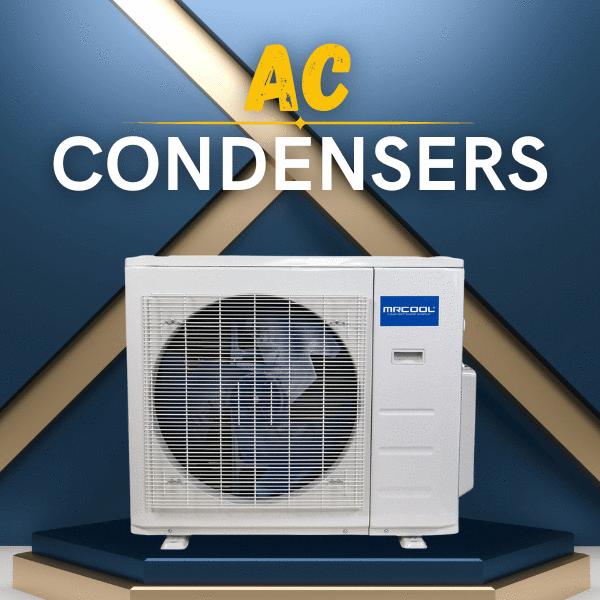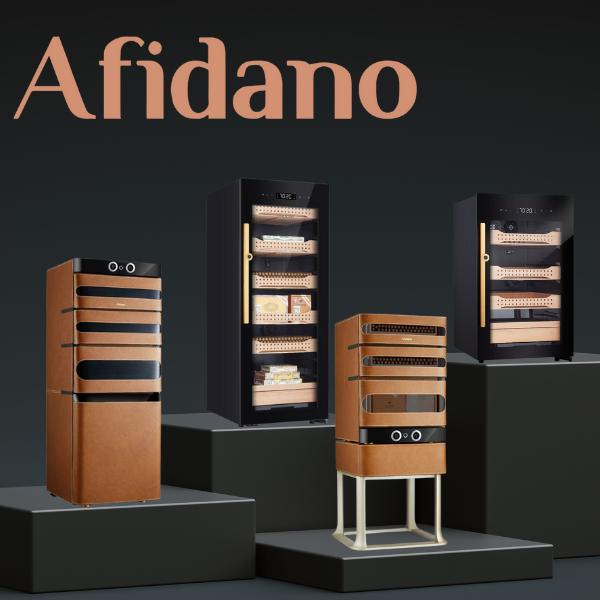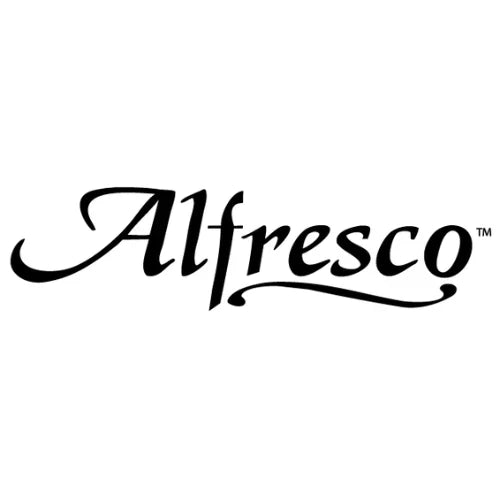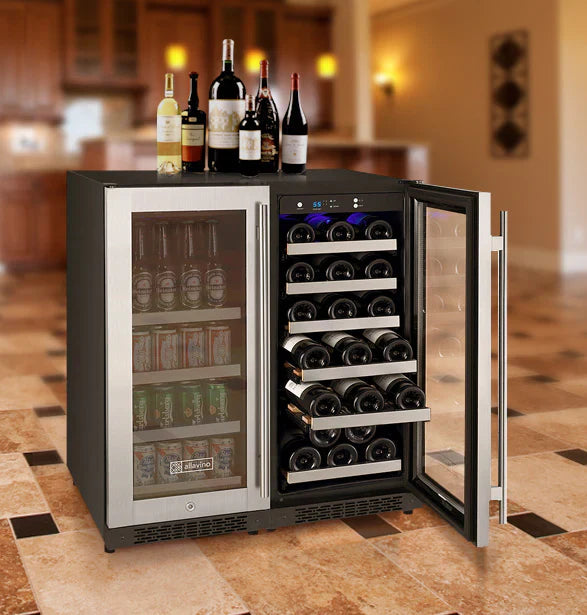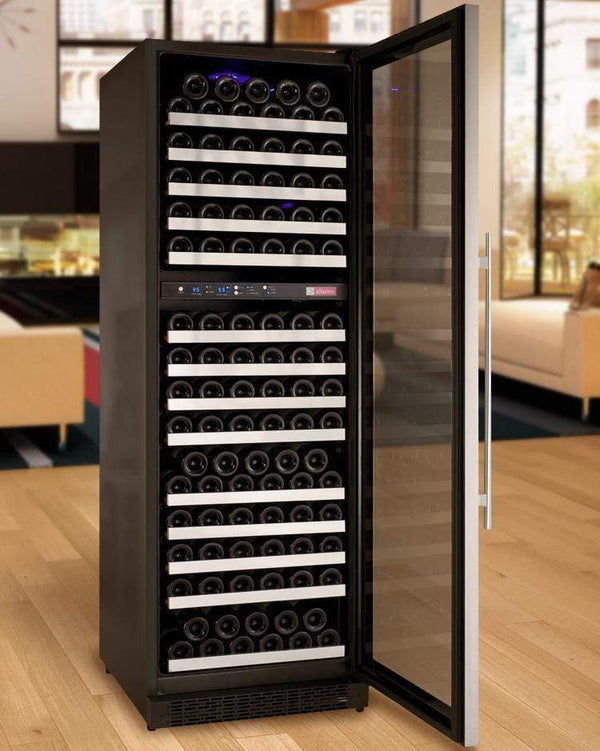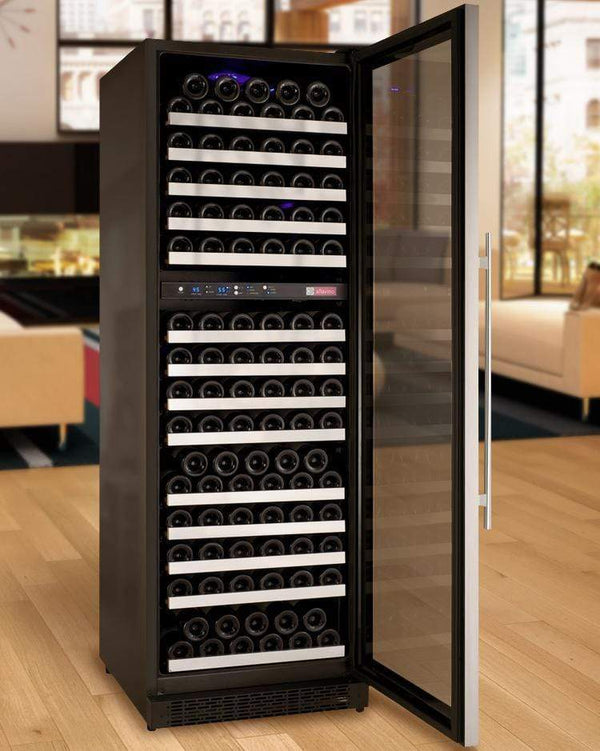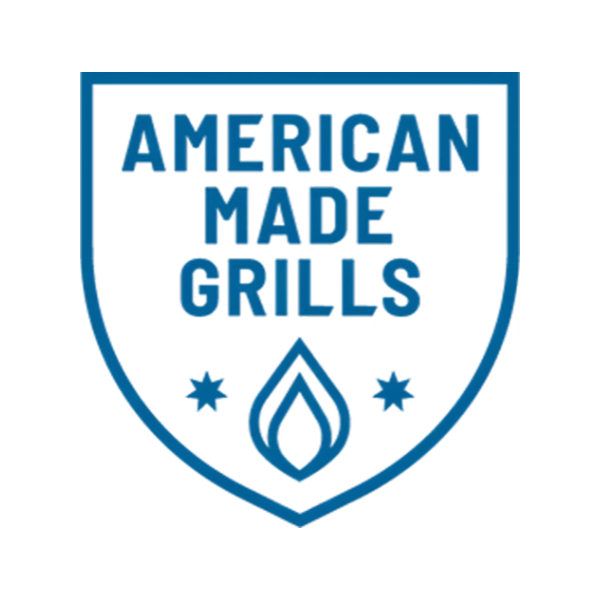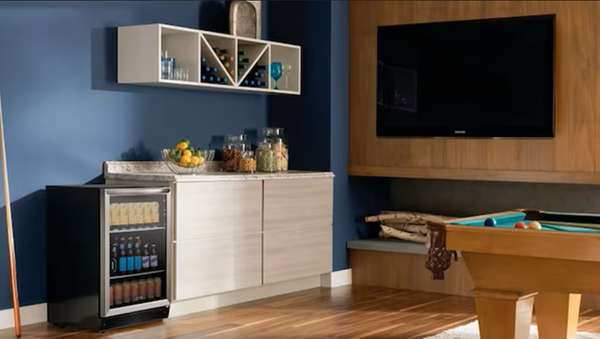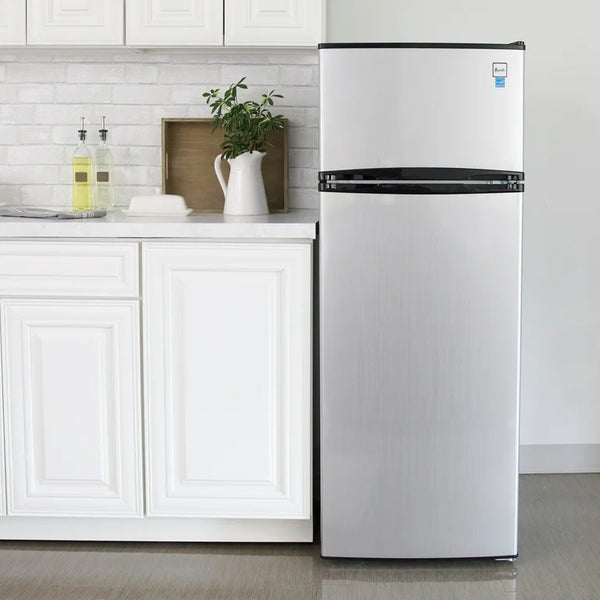The Ultimate Guide to Ducted Wine Cellar Cooling Units
By Jim Hopper, Wine Cooling Expert
Preserving your wine collection requires more than just a beautiful cellar—it demands precise climate control. Temperature swings, excess humidity, and vibration can ruin even the finest vintages. That’s why ducted wine cellar cooling units are the gold standard for custom wine cellars, offering silent operation and superior climate consistency. This guide explores how ducted systems work, their advantages and types, and what to consider before you buy.
If you’re looking for a broader overview of wine cellar cooling options, check out our Ultimate Guide to Wine Cellar Cooling Systems for a comprehensive look at all system types and how to choose the best solution for your needs.
What Are Ducted Wine Cellar Cooling Units?

A ducted wine cellar cooling unit is a specialized climate control system designed to maintain the perfect temperature and humidity for wine storage. Unlike through-the-wall or basic split systems, ducted units use insulated ductwork to deliver cooled air from a remote location directly into your cellar. This means the mechanical equipment is hidden from view, and only quiet, gentle airflow enters your wine room.
Advantages of Ducted Wine Cellar Cooling Units:
- Ultra-quiet operation—ideal for peaceful enjoyment
- No visible equipment inside the cellar
- Flexible installation for custom cellar layouts
- Superior climate control for both temperature and humidity
- Reduced vibration for optimal wine preservation
Ducted systems are perfect for wine collectors who want the cellar to be as quiet and vibration-free as possible.
Learn more in our in-depth explanation of ducted wine cellar cooling systems.
Types of Ducted Wine Cooling Units
Ducted wine cooling systems come in two main configurations:
1. Fully-Ducted Self-Contained Units

- All cooling components are housed in a single unit, installed outside the cellar.
- Both supply and return air are ducted, so nothing is visible or audible inside the wine room.
- Excellent for keeping the cellar silent and aesthetically clean.
Curious about alternatives? Explore the difference between ducted and ductless wine cellar cooling systems.
2. Ducted Split Systems

- The evaporator (cooling coil) and condenser (heat exhaust) are separated.
- Both components can be installed remotely and connected by ductwork.
- Offers flexibility for larger or more complex installations and can reduce heat and noise in living spaces.
Want to know more about split systems? Check out our guide to split system wine cellar cooling units.
A Fully-Ducted Self Contained System can be installed up to 25 ducted feet from the cellar. Usually, the evaporator and condenser are located in the same unit, which is quite convenient.
… Ducted Split Wine Cellar Cooling System installed up to 25 feet away from your cellar, providing you with the benefits of an extremely silent operation with no vibrations…
Interested in fully ducted self-contained units? Read our guide to fully ducted self-contained wine cellar cooling systems.
How Ducted Wine Cooling Works
Ducted systems are typically installed in a remote location, such as an adjacent room or utility space. Insulated ductwork carries cold air into the wine cellar and returns warm air back to the unit. This separation ensures quiet operation, minimal vibration, and optimal aesthetics.
For step-by-step help, visit our wine cellar cooling unit installation guide.
Key Features:
- Remote installation—often up to 25–100 feet away, depending on the model
- Integrated humidity control to prevent cork drying or mold
- Energy-efficient options for lower operating costs
- Large-capacity models for commercial or expansive cellars
Proper ducting for both cold air supply and air return ensures adequate ventilation and prevents heat buildup, which is crucial for maintaining optimal wine storage conditions.
Ducted vs. Split vs. Through-the-Wall Cooling Systems
Choosing the right system depends on your cellar’s design, your noise tolerance, and your aesthetic preferences. Here’s a quick comparison:
See our comparison of through-the-wall wine cellar cooling units.
Feature Ducted Systems Split Systems Through-the-Wall Units Equipment Visibility None inside cellar Evaporator usually visible Fully visible Noise Level Ultra-quiet Low to moderate Moderate to high Installation Complexity Moderate to high High Low Flexibility Very high High Low Best For Custom, luxury, or commercial Medium to large cellars Small cellars/budgets
For those prioritizing silence, aesthetics, and flexibility, ducted wine cellar cooling units are often the best choice.
Not sure which system is best? Explore the 9 best wine cellar cooling units for every cellar type.
Choosing the Best Ducted Wine Cellar Cooling Unit
Selecting the right ducted cooling unit depends on several factors:
1. Cellar Size & BTU Requirements
- Use a BTU calculator or sizing tool to determine the cooling capacity needed for your cellar’s dimensions and insulation.
- Large-capacity systems are available for commercial or expansive wine rooms.
The BTU Wizard is an application that was designed to help choose the right cooling unit based on cellar size and construction as well as the application type needed for the install.
Use our wine cellar cooling unit sizing guide to get the right fit.
2. Humidity & Temperature Control
- Choose systems with integrated humidity control to maintain ideal wine storage conditions.
- Look for digital or smart controls for easy monitoring.
Designing for a large cellar? See our picks for the best wine cellar cooling units for large spaces.
3. Energy Efficiency
- Select energy-efficient units to minimize long-term operating costs.
- Some models offer advanced features like variable-speed fans or eco modes.
Working with a small or mid-sized cellar? Check out our guides to small cellar wine cooling units and mid-size cellar wine cooling systems.
4. Installation Considerations
- Professional installation is highly recommended for ducted systems to ensure proper duct routing, insulation, and system setup.
- Plan for easy access to filters and components for maintenance.
For glass cellars, see the best cooling systems for glass wine cellars.
5. Budget & Features
- Compare affordable and premium models based on features such as Wi-Fi monitoring, extended warranty, and after-sales support.
- Consider the total cost, including installation.
6. Residential vs. Commercial Use
- Residential cellars may prioritize aesthetics and quiet operation.
- Commercial installations often require higher capacity, redundancy, and advanced monitoring.
Maintenance and Longevity
With proper installation and routine maintenance, ducted wine cellar cooling units can last a decade or more. Key maintenance tips include:
- Regularly change or clean air filters
- Schedule annual professional inspections
- Monitor humidity and temperature settings
- Ensure ductwork is sealed and insulated
The lifespan depends on quality and maintenance. A well-maintained, professionally installed cooling unit can last decades, while poorly installed or neglected systems may fail in just one to five years.
Discover the benefits of a wine cellar UV lighting system.
Professional Support and Design Consultation

Designing or upgrading a wine cellar can be complex. Many suppliers and manufacturers offer complimentary design consultations to help you select the ideal system for your space, budget, and collection size. Consulting with a wine cellar expert or HVAC professional ensures optimal performance and long-term satisfaction.
Complimentary Wine Cellar Design Services
Ready to design your dream wine cellar? Reach out to our expert design team who will assist you in finding the ideal wine storage solution for your space and budget.
Top-Rated Ducted Wine Cooling Systems & Reviews
When searching for the best ducted wine cellar cooling unit, reviews and ratings can help guide your decision. Look for:
See our expert picks for the best ducted self-contained wine cellar cooling systems.
- Quiet, reliable operation
- Custom solutions for unique spaces
- Long warranties and excellent support
- Positive feedback from other wine collectors
Wine Guardian cooling systems are among the most efficient and quietest systems in their class.
Always check for independent reviews and consult with cellar design experts before making a final decision.
Explore our list of the best wine cellar cooling units.
Installation of Ducted Wine Cooling Units
Proper installation is crucial for performance and longevity. Key steps include:
- Accurately sizing your system using BTU calculators
- Running and insulating ductwork for efficiency and quiet operation
- Ensuring easy access for maintenance and filter changes
- Verifying climate control with digital monitoring and alarms
Professional installers can also recommend custom ducted wine cooling solutions tailored to your space and needs.
Conclusion

Ducted wine cellar cooling units offer unmatched climate control, quiet operation, and design flexibility—making them the top choice for serious collectors and custom cellars. Whether you need an energy-efficient ducted wine cooling unit for a small cellar or a large-capacity system for a commercial project, the right solution is available.
Ready to upgrade your wine storage? Explore top-rated ducted wine cooling systems, compare reviews, and consult with experts to find the best ducted wine cellar cooling unit for your needs.
Call to Action:
Contact us today to discuss custom ducted wine cooling solutions, get a quote, or schedule a professional installation. Protect your collection with the best in climate control for ducted wine cellars.
📚 Frequently Asked Questions (FAQs)
What is the cost of a ducted wine cooling system?
How long do ducted wine cellar cooling units last?
Can I buy ducted wine cellar cooling units online?
Do I need professional installation?
What kind of warranty and support should I expect?
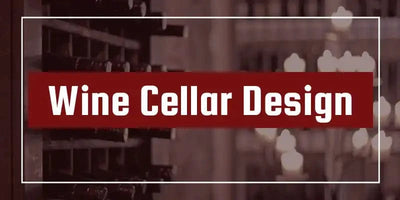
Designing or Upgrading a Wine Cellar?
We got you! Here at Wine Coolers Empire, we will guide you in building your dream wine cellar.

